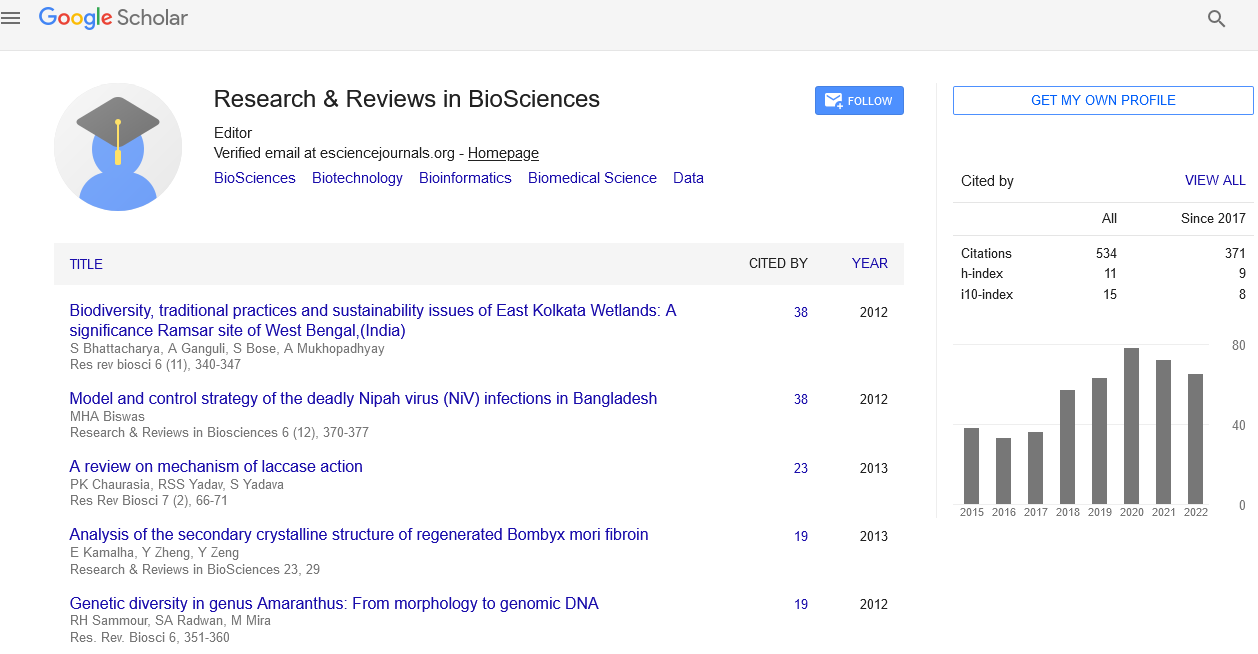Abstract
Phototrophic Biofilms on Exterior Brick Substrate
Author(s): Gafamez de Saravia Sandra, Battistoni Patricia, and Guiamet PatriciaLa Plata Cathedral is considered a historical monument and the most important and characteristic building in the city. The aims of this work were: to identify the taxa of phototrophic organisms that inhabit on the brick walls of the Cathedral, in order to investigate phototrophic biofilm formation and to assess the risk of biodeterioration, biopitting, and to relate them to the microclimatic conditions that affect the temple and the characteristics of material. Different types of growth of phototropic biofilms sampled were: i) the green one, which is present on the south-east wall, and had moss, genus Henediella, as an external layer and Chlorophyta (Chlorella sp. and Chlorococcum sp.) joined to Cyanobacteria (Synechococcus sp. and Synechocystis sp.); ii) the black one, which was sampled in several areas of the Cathedral. This phototropic biofilm showed pedominant filament forms; iii) the black muddy one combined with a great amount of muddy material which comes from a conduit; here the predominant forms were Chlorophytes (Trentepohlia sp. and Printzina sp.). The great diversity of Pennales Diatoms was a characteristic shared among all the biofilms. Under laboratory assays we observed grooves and biopitting caused by the attack of phototrophic biofilms on the substrate (brick).
